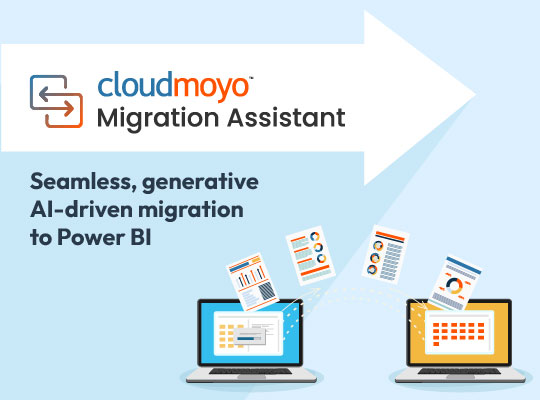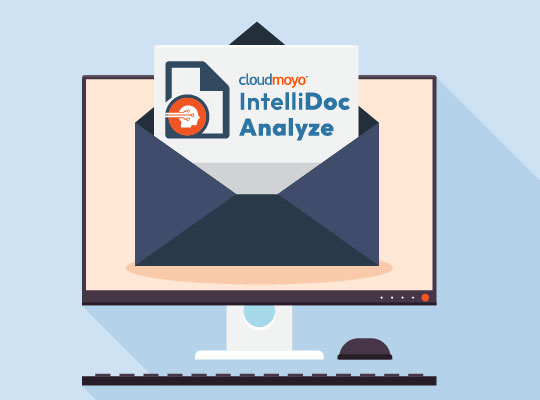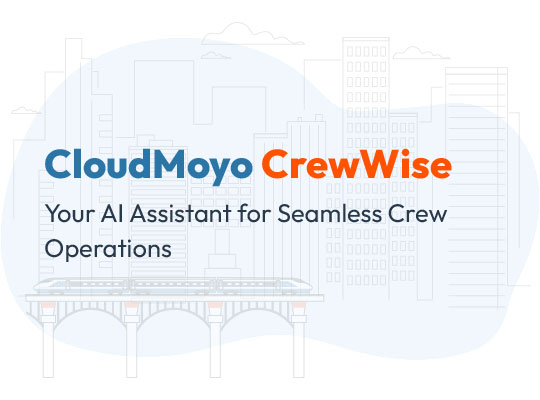It’s not easy to train machines on how humans communicate. In recent years, numerous technological innovations have enabled computers to recognize language the way we humans do.
This blog will introduce Natural Language Processing and some of its essential aspects.
What is Natural Language Processing
Natural Language Processing (NLP) is a branch of artificial intelligence dealing with the interaction between humans and computers using a natural language. The ultimate aim of NLP is to read, understand, and decode human words in a valuable manner. Most of the NLP techniques depend on machine learning to obtain meaning from human languages.
A usual interaction between machines and humans using Natural Language Processing could go as follows:
- Humans talk to the computer
- The computer captures the audio
- There is an audio to text conversion
- Text data is processed
- Data is converted to audio
- The computer plays the audio file and responds to humans
The use of Natural Language Processing
These are the typical applications where NLP is playing a driving force:
- NLP is used in language translate applications such as Google Translate
- It has excellent use in word processors like Microsoft Word and web apps like Grammarly that uses NLP to check the grammatical accuracy of texts
- Interactive Voice Response (IVR) apps used in the call center to answer to specific users’ queries
- Personal assistant apps such as Alexa, Siri, OK Google, and Cortana
How does Natural Language Processing work?
Natural Language Processing requires applying algorithms to recognize and bring out the rules of natural language so that the raw language data is transformed into a machine-understandable form. When we provide text to the computer, it uses algorithms to understand the meaning related to every sentence and gather the essential data from them. However, there are times when these computers fail to extract the exact meaning of a sentence, which could lead to uncertain results.
For example, one of the common errors is with the translation of the word “online” from English to Russian. In the English language, online means “connected to networks,” but its Russian translation has a synonym that means “interactive.”
Another example is a bot-based English sentence-restructuring tool that translates the sentence in such a way that it can change the whole meaning.
Here is a common English proverb, which we need to reframe:
The spirit is willing, but the flesh is weak
Here is the sentence of how that tool rewords it
The soul is prepared; however, the tissue is powerless.
What are the techniques used in NLP?
Syntactic and semantic analysis are the key techniques used to complete the tasks of Natural Language Processing.
Below is the explanation of their use:
- SyntaxThe syntax is the positioning of words in a sentence in such a way that they make sense grammatically.In Natural Language Processing, syntactic analysis is used to determine the way a natural language aligns with the rules of grammar. Some specific algorithms are used to apply grammar rules to words and extract their meaning.
Syntax further includes some specific techniques:
- Lemmatization: The process of lowering multiple inflected forms of a word into a single form for hassle-free analysis
- Morphological segmentation: Division of words into single units called morphemes
- Word segmentation: Division of a large piece of continuing text into different units
- Part-of-speech tagging: Identification of the part of speech for each word
- Parsing: Grammatical analytics for the assigned sentence
- Sentence breaking: Placement of sentence boundaries on a massive piece of text
- Stemming: Includes cutting the inflected words to their original form
- Semantics
Semantics refers to the linguistic and logic that are conveyed through a text. Semantic analysis is one of the most complex aspects of NLP that hasn’t been entirely resolved yet.
Semantics involves implementing computer algorithms to find out the interpretation of words and the structure of the sentences.
Here are some techniques in semantic analysis:
- Named entity recognition (NER): It involves discovering the parts of a text that identifies and classifies into predetermined groups. Some common examples include the names of places and people.
- Word sense disambiguation: It’s about determining the sense of a word based on its context.
- Natural language generation: It uses the database to get semantic intentions and turn it into human language.
The business benefits of NLP
Spellcheck and search are so mainstream, that we often take for granted, especially at work where Natural Language Processing provides several productivity benefits.
For example, at work, if you want to know the information about your leaves, you can save the time of asking questions to your Human Resource Manager. There is a chatbot based searches in the companies to whom you can request a question and get answers about any policy of the company. The integrated search tools in companies make customer resource calls and accounting up to 10x shorter.
In addition, NLP helps recruiters in sorting job profiles, attract varied candidates, and select employees that are more qualified. NLP also helps in spam detection and keeps unwanted emails out of your mailbox. Gmail and Outlook use NLP to label messages from specific senders into folders you create.
In addition, sentiment analysis tools help organizations promptly recognize whether Tweets and messages about them are right or not, so that they can resolve client concerns. This tool doesn’t just process words on a social network, and it segregates the context in which they emerge. Sometimes an English word can have a negative or neutral meaning, so NLP is used to thoroughly understand a post by the customers by determining their emotion behind those words.
NLP uses cases
Multi-language machine translation: NLP-powered translation tools can be used to translate low impact content like regulatory texts, or emails, and speed up communication with partners as well as other business interactions.
Advertising: NLP can be used to detect new potential customers on social media by evaluating their digital footprint, which powers targeted campaigns.
Sentiment and context analysis: NLP helps in generating more granular insights. Customer interactions or feedback can be evaluated not only for general positive or negative sentiment but also classified according to the context of what was being discussed.
Brand monitoring: Billions of social media interactions can be analyzed to find out what customers are saying about your brand and your contenders’ brand. We have done an in-house project to develop a specifically-tuned ‘Twitter ear’ which keeps listening for and surfaces any conversations about topics of interest.
Call center operations: A speech-to-text transcript of a call can be generated and then evaluated using NLP to bring attention to the most important inquiries. One can ascertain general customer satisfaction, and identify where some training is required for the support staff.
HR and recruiting: With NLP, recruiters can detect candidates more efficiently as they can speed up candidate search by filtering out relevant resumes and crafting bias-proof and gender-neutral job descriptions.
Chatbots: Gartner predicts that chatbots will account for 85% of customer interactions by 2020. The next wave of chatbots are voice-driven chatbots that can understand human speech, and ‘speak back’ rather than interacting in a text-based fashion.
What is the future of NLP?
Today, NLP is striving to identify subtle distinction in the meaning of the language, whether due to spelling errors, lack of context, or difference in dialects.
As a part of the NLP experiment, Microsoft launched an Artificial Intelligence (AI) chatbot named Tay on Twitter in the year 2016. The thought behind it was that with more users conversing with this chatbot, the smarter it would get. However, after 16 hours of its launch, Microsoft had to remove Tay because of its abusive and racist comments.
The tech-giant learned a lot from this experience, and some months later, it released its second-gen English-language chatbot called Zo. It uses a merger of advanced approaches to acknowledge and initiate conversation. Other organizations are also experimenting with bots to remember details associated with an individual discussion.
Perhaps the future is full of challenges and threats for Natural Language Processing; regulations are advancing speedily like never before. We are likely to reach a developing level in the upcoming years to make complex apps look possible.
Conclusion
NLP and machine learning applications play a pivotal role in supporting machine-human communications. With more research in this sphere, there are more developments to make machines smarter at learning and understanding the human language.
What’s your take on the NLP technique to enhance the functionality of your apps? Need help in kick-starting your NLP initiatives? Talk to us today!



















